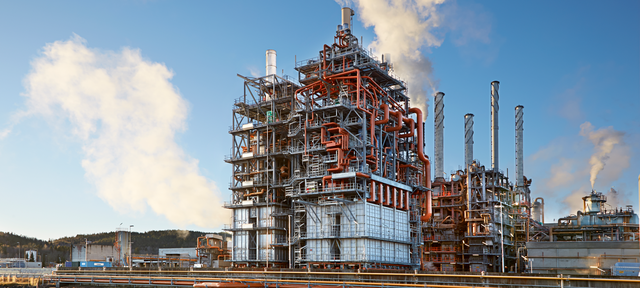It’s electrifying!
Steam crackers go electric

“The cracking process in an electrically heated steam cracker is essentially the same as in a conventional plant,” notes Rainer Kemper, Technology Advisor for Sustainable Hydrocarbon Solutions, coordinating all Linde Engineering efforts for development and commercialization of this new technology. “So we are developing a concept that basically enables existing plants to be retrofitted. That being said, electrification of a steam cracker represents an impressive technical breakthrough.” The e-furnace technology almost completely eliminates CO2 emissions from the furnace section during normal operation due to the absence of direct emissions. Carbon emission savings of 95 percent or more are possible. Using renewable energy will also lower indirect emissions. Other anticipated benefits of the e-furnace design include improved and more uniform heat input, which enhances cracking performance and reduces the build-up of coke in the reactor. This may extend on-stream time between decoking operations, further contributing to lower total CO2 emissions.
E-furnace highlights include improved thermal efficiency. More than 95 percent of the electrical power can be directly utilized in the cracking coils, partially heating the feed and conducting the cracking reaction. By contrast, a conventional fired furnace typically transfers only 40 to 45 percent of the fired duty to the coils. The remaining heat in the flue gas is generally partially recovered for secondary low-temperature use like feed preheating or steam generation. By improving efficiency, electrification thus speaks to the sustainability and decarbonization trends that are driving industry worldwide.
This resonates with BASF’s commitment to sustainability. “BASF’s mission is to achieve climate neutrality, and electrification of the hugely energy-intensive steam cracker is a significant milestone in our transformation journey towards net zero,” commented Dr. Martin Brudermüller, Chairman of the Board of Executive Directors of BASF SE.
Heating the steam cracker by electricity provides yet another benefit in the form of surplus methane. “Since the plant is not heated by fuel gas, the methane that forms in the steam cracking process as side product can be re-used as a natural gas replacement, for example, or as a chemical feedstock to produce ammonia, CO, H2, methanol or acetylene,” Hofstaetter explains.